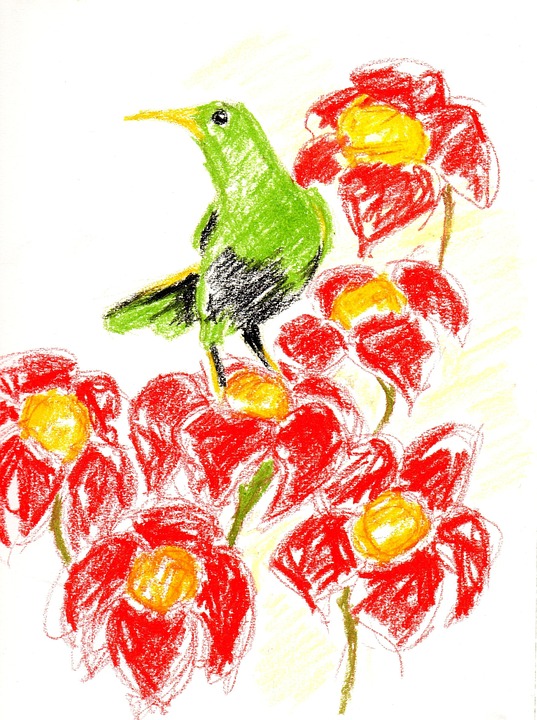Wear clothes that can get messy
Wear only clothing that can get paint on them.
You can cover-up with a smock, or use old shirts.
Smocks are similar to a cooking apron.
Send home reminders, so parents can have their children wear appropriate clothes for paint day.
Preparations for painting
Prepare your work space where it’s safe to make spills.
Paint near running water stations. Being close to a bathroom or kitchen will be easier for clean-ups.
Drop cloths help with spilled stains. Remember some paints may not come out as easy as other paints.
Be prepared to explain where children can only paint.
Express to children how you have prepared a work space for the painting activity.
Prepare work space on a sturdy flat surface children can easily work around.
Have available clean-up stations for paint brush washing and spills.
All working supplies should be close to help children from leaving the painting work space, such as napkins, rags and washing stations.
Safe paints for kids
Only use child grade non-toxic safe paints.
Never use adult grade paints with young children.
Adult grade paints may have advance instructions young children will not be able to follow.
Some adult grade paints may have chemicals that are not safe for small children.
Always paint in a well ventilated space with windows or doors.
Allow children to explore painting
Provide projects that are more exploring with fun experimenting.
Young children need plenty of time to learn how paint works and what its possibilities are.
Do not expect young children to start painting realistic pictures or be able to copy paintings.
Your projects should be fun and open to their ideas and experiments.
Enroll kids in online classes of art:
Now a days with the advancement of technology, one can get any information on internet. There are number of online apps and websites from where your kids can learn art, craft or any other such activities.
The best paints I recommend for introducing painting is; watercolor, child grade acrylic and Dry Gouache paints.







